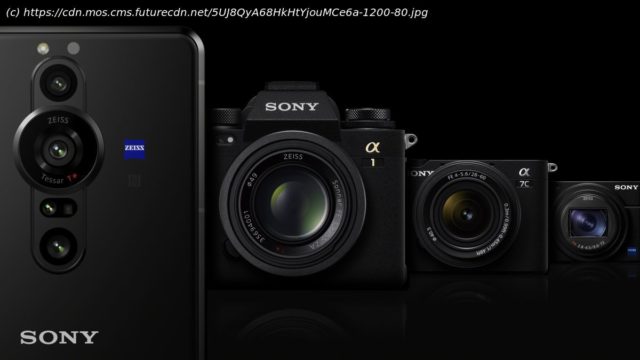The Sony Xperia Pro-I is the first phone to officially become part of Sony’s camera lineup, but is it worthy of its place?
It’s finally happened – Sony’s Xperia, Cyber-shot and Alpha teams have teamed up to make a phone that, for the first time, Sony considers a worthy member of its camera lineup. That phone is the Sony Xperia Pro-I, and it’s a symbolic moment that’s been a long time coming. But it’s also a phone that feels out feels out-of-step with its computational point-and-shoot rivals. There’s nothing wrong with being out-of-step, but the Xperia Pro-I feels less Nintendo Switch and more retro camera emulator. It’s certainly unique, combining a 1-Inch sensor, variable aperture and Alpha-style tracking autofocus, which makes it the phone equivalent of the Sony RX100 VII. Yet those features are designed to appeal to traditional photographers and Sony fans, rather than the average person. I’m glad Sony has made the Sony Xperia Pro-I. It brings new ideas to camera phones, and ones that come from its excellent Cyber-shot and Alpha cameras. But computational photography, like the new tricks seen on the Google Pixel 6, has changed the game for pocket cameras. And that, plus the limitations of physics, means the Xperia Pro-I is destined to be a niche curiosity, rather than an Alpha-style disruptor. The timing of the Xperia Pro-I’s arrival, exactly a week after the Google Pixel 6, makes its old-school approach feel particularly stark. The Pixel 6 leans heavily into Google’s machine learning to deliver some original point-and-shoot tricks like ‘Magic Eraser’ and ‘Action Pan’. These automate traditional tools and techniques, like panning and Photoshop’s ‘Heal brush’, for people who don’t want to learn photography. The Xperia Pro-I (the ‘I’ is for Imaging) takes the opposite approach. It’s built on Sony’s hardware power, like large sensors, Bionz X processors and glass aspherical lenses, to create an experience that’s a cross between its Cyber-shot and Alpha cameras. It even has the same shutter module as Sony’s RX100 series cameras, which means you half-press the button to autofocus – an addition that’ll have camera fans coo-ing.






